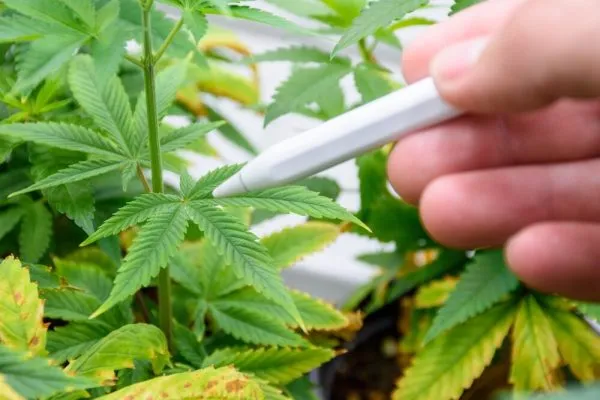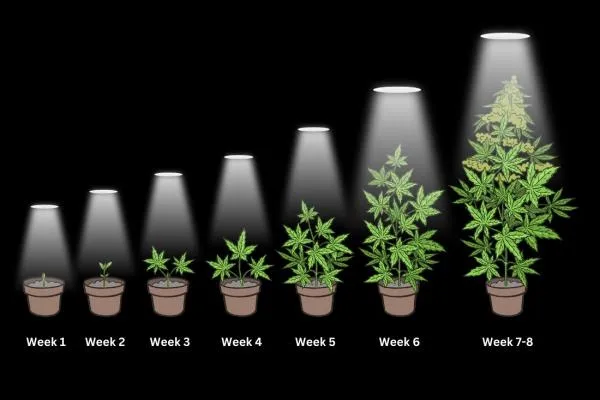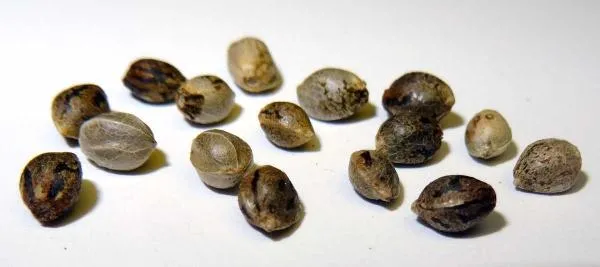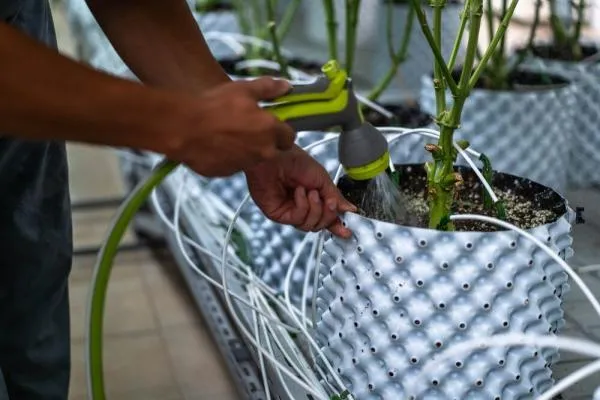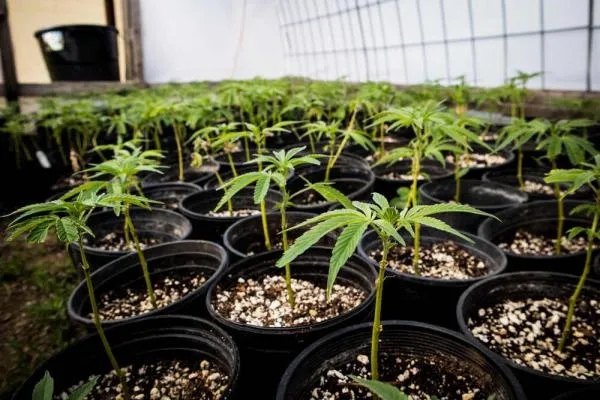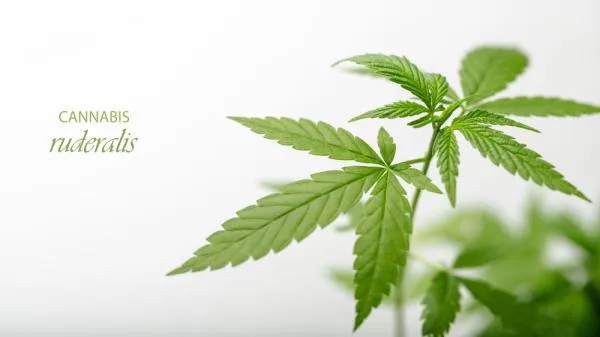Growing cannabis can be super rewarding, but one common challenge you might face is nutrient lockout. It’s that annoying moment when your plants stop absorbing the nutrients they need, no matter how much love (and fertilizer) you give them. Nutrient lockout can be a bit tricky, but don't worry—I'm here to help you avoid it and keep your plants thriving.
- What is nutrient lockout in cannabis?
- Signs of nutrient lockout in cannabis plants
- How to confirm nutrient lockout
- Common causes of nutrient lockout
- How to prevent nutrient lockout
- How to fix nutrient lockout in cannabis plants
- Reintroducing nutrients after lockout
- Preventative measures for long-term cannabis health
- FAQ:
What is nutrient lockout in cannabis?
Definition and causes of nutrient lockout
Nutrient lockout occurs when cannabis plants are unable to absorb essential nutrients from the soil, even though those nutrients are present. This problem is typically caused by two main factors:
- pH Imbalances: If the soil's pH is not within the optimal range, the plant's roots cannot properly absorb nutrients, regardless of their availability.
- Salt Buildup: Overusing fertilizers can lead to an accumulation of salts in the soil. These salts interfere with nutrient absorption, essentially "clogging" the plant's roots and preventing them from taking in what they need.
How nutrient lockout impacts cannabis growth
Nutrient lockout can massively impact how your cannabis plants grow by preventing the uptake of the essential nutrients and minerals that make them healthy.
Here is a breakdown of what actually happens to your plants when they suffer from nutrient lockout.
Physiological effects:
- Chlorosis: A deficiency in nutrients like nitrogen and magnesium disrupts chlorophyll production, causing leaves to yellow—a condition known as chlorosis.
- Necrosis: Inadequate nutrient absorption can lead to cell death, resulting in brown spots on leaves.
- Stunted Growth: Essential nutrients are vital for cell division and elongation. Their unavailability slows these processes, leading to reduced plant size and vigor.
Impact on yield and quality:
- Reduced Yield: Nutrient deficiencies impair photosynthesis and energy production, leading to smaller plants and lower bud production.
- Diminished Bud Quality: Lack of essential nutrients affects terpene and cannabinoid synthesis, resulting in less potent and flavorful buds.
Signs of nutrient lockout in cannabis plants
Visual symptoms in leaves and stems
Nutrient lockout often reveals itself through clear visual signs in the leaves and stems of the cannabis plant. These symptoms can include:
Yellowing leaves:
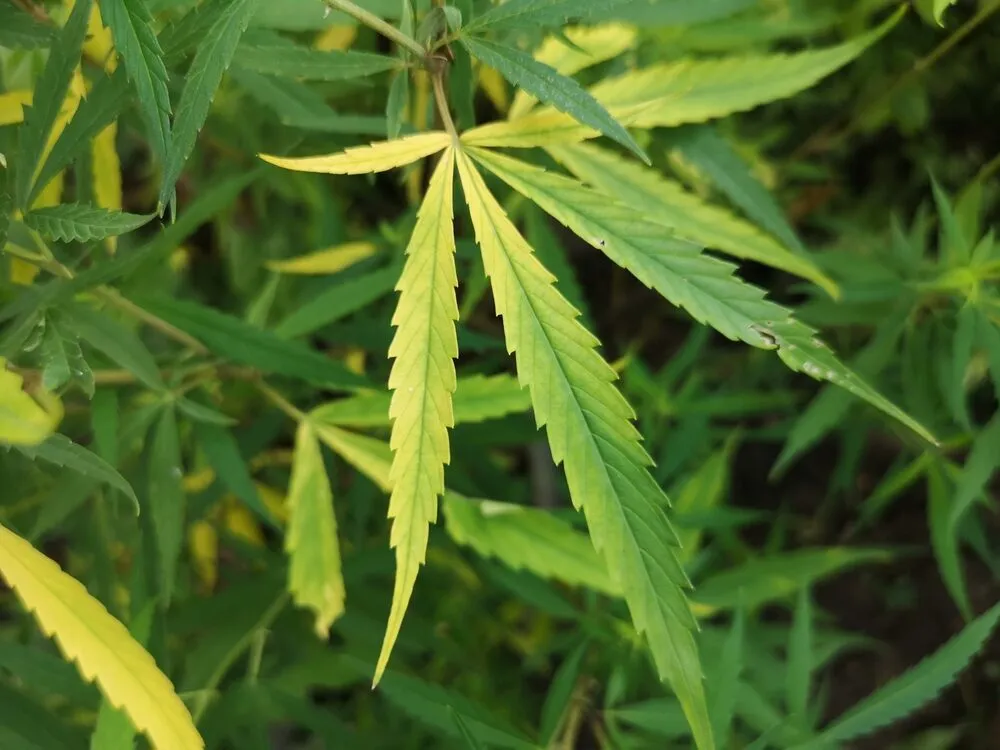
Location: Typically starts at the bottom of the plant.
Cause: A disruption in the uptake of mobile nutrients like nitrogen or magnesium, which are redirected from older leaves to new growth.
Brown spots and crispy edges:
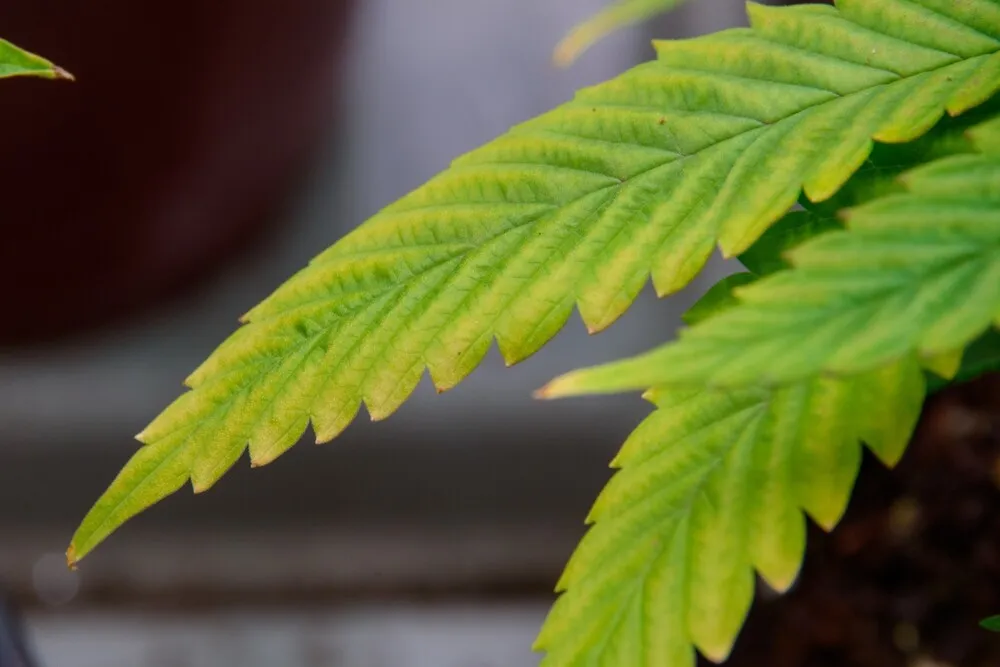
These can indicate an inability to absorb potassium, calcium, or other essential nutrients, leading to tissue necrosis.
Leaf curling or drooping:
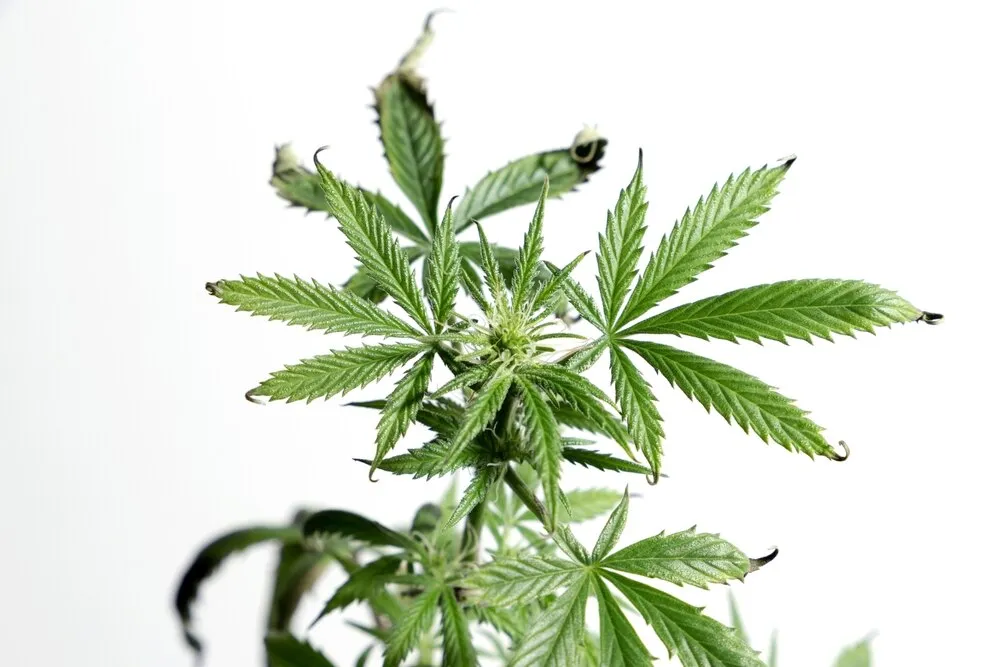
As stress intensifies, leaves may curl or droop due to disruptions in water and nutrient transport.
Leaf drop:

In severe cases, leaves may fall off completely, leaving the plant weakened and exposed to further stress.
Differences between deficiency and lockout
Nutrient deficiency:
Cause: Insufficient nutrients provided to the plant due to underfeeding or poor soil quality.
Example: If nitrogen is not present in the soil or solution, yellowing leaves will occur as the plant lacks this essential element.
Nutrient lockout:
Cause: Nutrients are present but unavailable to the plant due to issues like pH imbalance or salt buildup.
Example: The soil might contain adequate magnesium, but if the pH is too high (above 7.0), the plant's roots cannot absorb it.
Key differentiator:
Testing your feeding routine and pH levels is the best way to differentiate. If nutrients are missing from the soil, it’s a deficiency. If nutrients are present but inaccessible, it’s lockout.
How to confirm nutrient lockout
Test soil pH:
- Use a soil pH meter or a test kit to check the growing medium’s pH.
- Optimal Range: Cannabis thrives in a pH of 6.0–7.0 for soil and 5.5–6.5 for hydroponics.
Inspect for salt buildup:
- Examine the surface of the soil or hydroponic reservoir for a white crust, which may indicate excess salts from fertilizers.
Flush the soil:
- Run pH-balanced water through the growing medium to remove salt buildup and restore balance.
- Result: If symptoms improve after flushing, nutrient lockout was likely the issue.
Monitor for recovery:
- After flushing, observe the plant for signs of new growth and healthier leaf coloration over the next few days.
Common causes of nutrient lockout
Improper pH levels
Cannabis is picky about pH. For soil grows, aim for a pH of 6.0 to 7.0, and for hydro, stick to 5.5 to 6.5. If the pH is off, your plant’s roots won’t be able to absorb nutrients properly. It’s like trying to charge your phone with the wrong cable—it just won’t work.
Salt buildup in soil or growing medium
Too much fertilizer can lead to salt buildup, and salt buildup is bad news. It clogs up the root zone, making it hard for your plant to absorb nutrients. This can happen especially in hydroponic systems or if you’re overfeeding your plants. Flushing the soil can help get rid of excess salts.
Over-fertilization and nutrient imbalance
Overfeeding your plants might seem like a good idea, but too much of a good thing can be bad. When there’s an imbalance of nutrients, some can block others from being absorbed. Stick to a balanced feeding schedule and remember—less is often more when it comes to cannabis nutrients.
How to prevent nutrient lockout
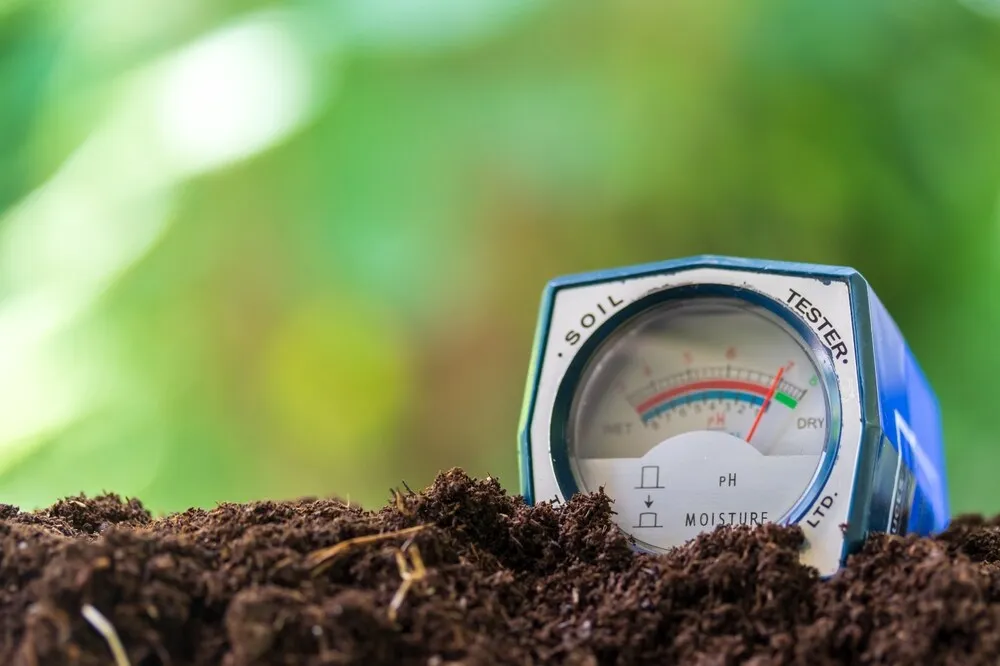
Monitoring and adjusting pH levels
Keep an eye on your pH levels like a hawk. You can get a simple pH testing kit at any grow shop, and I recommend checking it regularly, especially during feeding. If your pH is off, adjust it using pH up or pH down products to keep it in that sweet spot where your plants thrive.
Using the right type of fertilizer
Not all fertilizers are created equal. Choose fertilizers specifically designed for cannabis or ones that list the essential nutrients your plant needs. It’s also a good idea to rotate between organic fertilizers and mineral-based ones to give your plants a balanced diet.
Regular flushing of growing medium
Flushing is the secret sauce for keeping nutrient lockout at bay. Every few weeks, give your plants a good flush with clean, pH-balanced water to wash out any salt buildup. This helps reset the growing medium and keeps your plants happy.
Avoiding overfeeding
Less is more when it comes to feeding cannabis. If you’re using nutrients, stick to the feeding schedule on the bottle but err on the side of caution. Overfeeding is one of the fastest ways to cause lockout, so keep things light and steady.
How to fix nutrient lockout in cannabis plants

Step-by-Step guide to flushing the soil
If your cannabis plants are suffering from nutrient lockout, flushing the soil is the first step to restoring their health. Here's a detailed guide:
1. Prepare Your water
- Use plain, pH-balanced water to avoid further imbalance.
- Target pH Range:
- Soil: 6.0–7.0
- Hydroponics or Coco Coir: 5.5–6.5
- Check the water's pH with a reliable pH meter and adjust it using pH up or down solutions if needed.
2. Determine the water quantity
- Use approximately three times the volume of water as the size of your pot. For example:
- A 3-gallon pot requires about 9 gallons of water.
- This ensures thorough flushing and removes built-up salts and excess nutrients from the soil.
3. Flush the soil
- Slowly pour the water into the soil, allowing it to drain out of the bottom of the pot.
- Ensure the water runs through completely to carry away the salts and nutrient buildup.
- Avoid flooding too quickly, as this can compact the soil and prevent proper drainage.
4. Monitor the runoff water
- Collect and test the runoff water with a pH meter.
- If the pH is still outside the optimal range, continue flushing until the runoff pH stabilizes within the desired range.
Adjusting pH levels for quick recovery
Check post-flush runoff:
- Test the runoff water's pH after flushing to confirm it is within the target range.
Adjust feeding water:
- If the pH remains imbalanced, adjust your feeding water to compensate. For example:
- If the runoff pH is too low, use slightly alkaline water to bring it up.
- If the pH is too high, use slightly acidic water to lower it.
Monitor subsequent feeds:
- Continue to test and adjust the pH of your water and nutrient solution before each feeding until the plant fully recovers.
Reintroducing nutrients after lockout
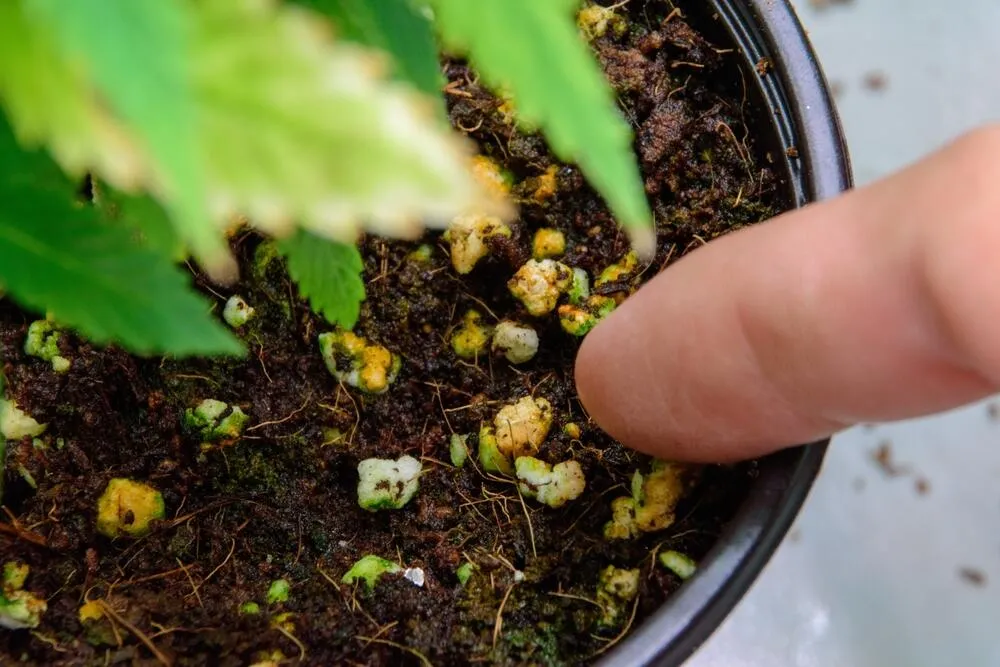
After flushing and balancing the pH, reintroducing nutrients gradually is crucial to avoid shocking the plant.
Wait for initial recovery
Allow the plant to recover for 1–2 days post-flush. During this time, monitor for signs of improvement such as healthier leaf color and new growth.
Start with half-strength nutrients
Mix your nutrient solution at half the usual concentration to prevent overloading the roots.
Continue monitoring the pH and adjust as necessary.
Gradually increase nutrient strength
Over the next week, slowly increase the nutrient concentration back to full strength in increments (e.g., 25% increases every 2–3 days).
Monitor plant response
Keep an eye on the leaves for signs of stress or improvement. Healthy, vibrant leaves are a good indicator that the plant has fully recovered.
By following these steps, your cannabis plants should bounce back from nutrient lockout, restoring their growth potential and improving overall health.
Preventative measures for long-term cannabis health
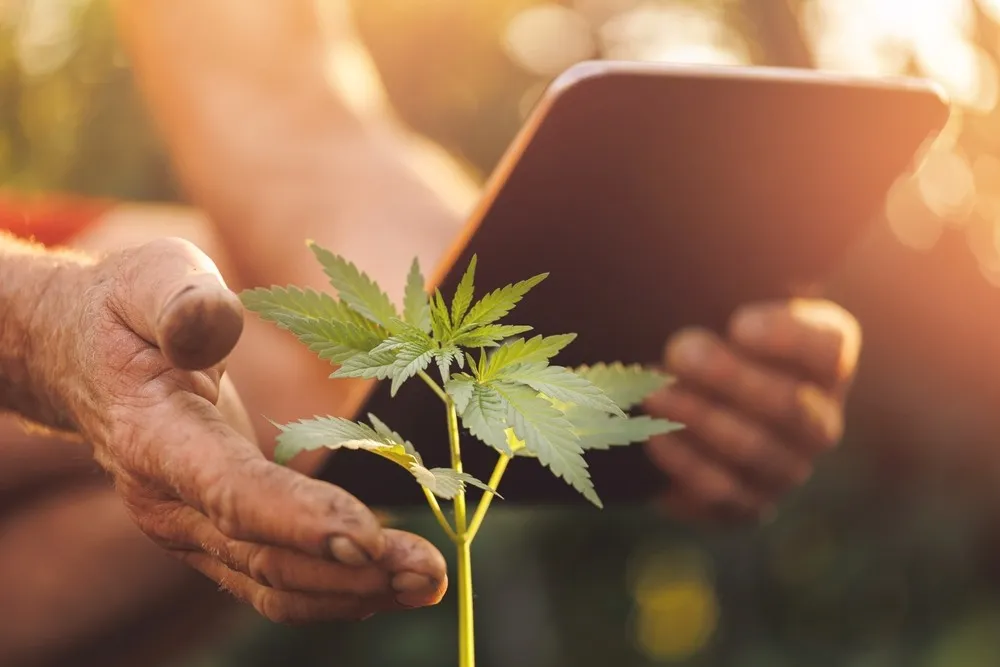
Maintaining proper pH balance throughout growth
The key to long-term success is keeping your pH in check throughout your plant’s life cycle. I can’t stress this enough—pH is everything when it comes to preventing nutrient lockout.
Regular soil testing
Frequent monitoring of your soil or growing medium's pH is essential for identifying potential issues before they affect plant health.
- Frequency: Test the pH at least once a week, and always before major feedings or nutrient adjustments.
- Tools: Use a digital pH meter for the most accurate results, or pH testing strips as a backup.
- Target Ranges:
- Soil Grows: 6.0–7.0
- Hydroponics or Coco Coir: 5.5–6.5
How to Test:
- Collect runoff water during watering to test the pH of the soil's environment.
- For hydroponics, test the water solution directly before and after adding nutrients.
Maintaining balance through adjustments
If your pH is out of the optimal range, immediate adjustments are necessary:
- Raise pH: Use a product like pH Up (potassium hydroxide) to neutralize acidic conditions.
- Lower pH: Use pH Down (phosphoric acid) to correct alkalinity.
Pro Tip: Adjust slowly and incrementally to avoid shocking your plants. After adjustment, retest the pH to confirm it's in the desired range.
Using organic or balanced nutrient solutions
Choosing the right nutrients is equally important for maintaining a healthy pH balance and ensuring your plants thrive.
Why organic nutrients are ideal:
- Buffering Effect: Organic nutrients often have a natural buffering capacity, helping to stabilize pH levels over time.
- Soil Health: Organic nutrients encourage beneficial microbial activity in the soil, which supports nutrient availability and uptake.
If using synthetic nutrients:
- Ensure they are specifically formulated for cannabis and clearly labeled with their NPK (Nitrogen, Phosphorus, Potassium) ratios.
- Avoid overfeeding, as synthetic fertilizers can lead to salt buildup, increasing the risk of pH imbalance.
Preventative practices for long-term pH control
Water quality matters:
- Always use clean, pH-balanced water.
- If using tap water, let it sit for 24 hours to allow chlorine to evaporate, or use a filter to remove impurities.
Avoid overfeeding:
- Overfeeding can cause salt accumulation in the soil, throwing off pH levels and causing nutrient lockout. Follow the feeding schedule recommended for your nutrients.
Periodic flushing:
- Flush your soil or growing medium with pH-balanced water every 4–6 weeks to remove excess salts and maintain pH stability.
Observe your plants:
- Regularly inspect leaves and stems for early signs of stress (yellowing, curling, or discoloration) and act quickly if issues arise.
FAQ:
What causes nutrient lockout in cannabis?
pH imbalance or salt buildup usually cause nutrient lockout. This prevents the plant's roots from absorbing nutrients, even if they’re present in the soil.
How can I tell if my cannabis plant is experiencing nutrient lockout?
Look for yellowing leaves, brown spots, or signs of nutrient deficiency even after feeding. Check the pH of your soil to confirm.
What is the best way to fix nutrient lockout in cannabis?
Flush the soil with pH-balanced water, adjust the pH, and gradually reintroduce nutrients once the plant starts recovering.
How does pH affect nutrient absorption in cannabis?
If the pH is too high or low, cannabis roots can’t properly absorb nutrients, leading to deficiencies or lockout.
How often should I flush my cannabis plants to prevent nutrient lockout?
Flushing every 4-6 weeks with pH-balanced water can help prevent salt buildup and nutrient lockout in your plants.
Nutrient lockout might sound like a nightmare, but it’s totally avoidable if you keep an eye on your pH levels and give your plants the right care. By maintaining a balanced feeding schedule, regularly flushing the growing medium, and using the proper nutrients, you can avoid lockout and keep your cannabis plants healthy and thriving.
